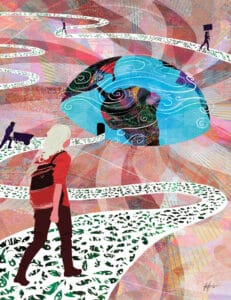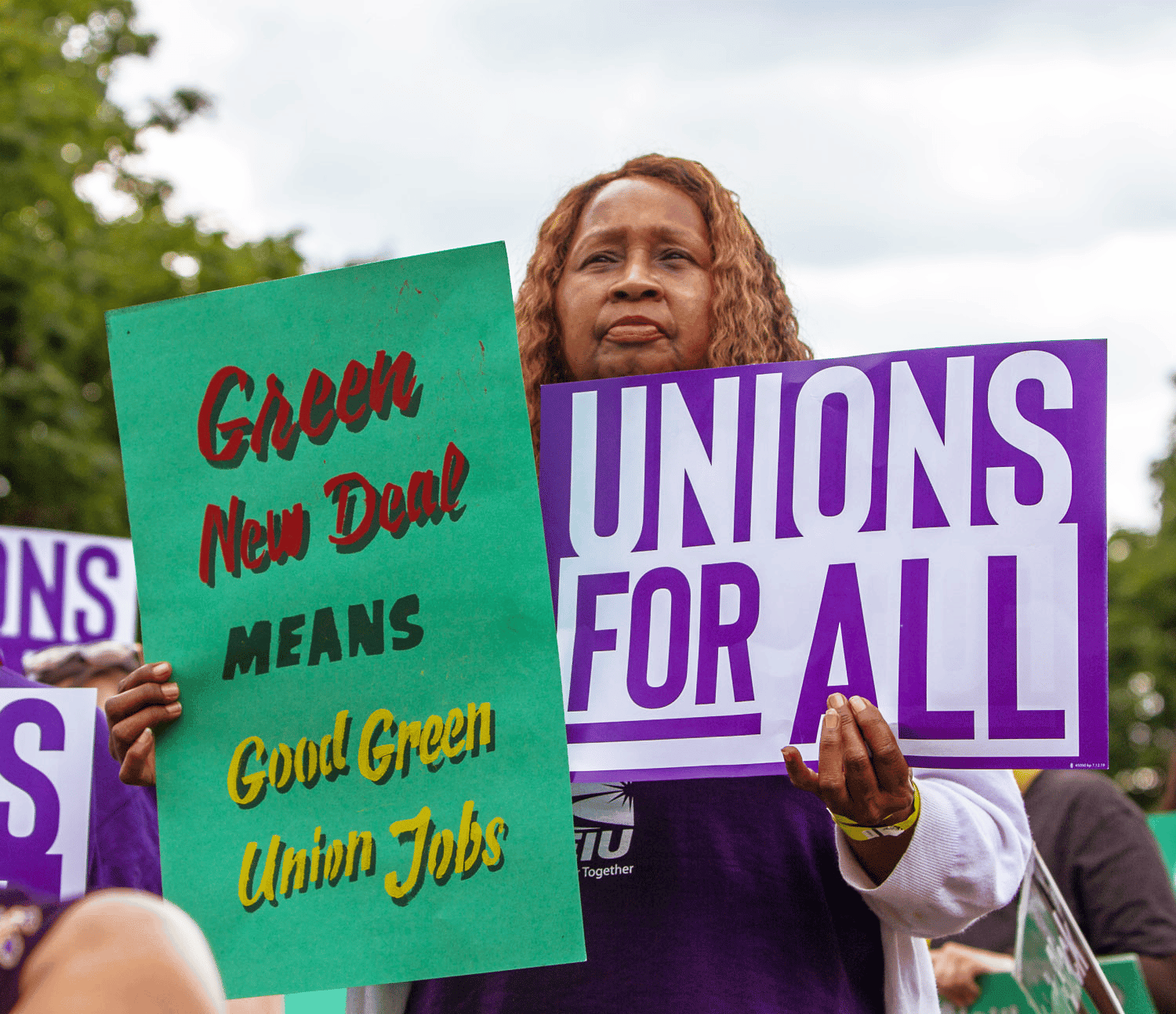By Suzanna Kassouf
When I woke up this morning, my bedroom was flooded with ominous dark orange light.
I drew the curtains to an apocalyptic scene: a red sun and sepia-tinted street view. Strong winds had fanned fires around Oregon throughout the evening, filling Portland with wildfire smoke.
My thoughts raced back to September 2020. I was beginning my first year teaching. We’d already been quarantined for months by COVID-19 when wildfire smoke ravaged the city, spiraling many of us into existential dread.
This is the world that my students are growing up in. Climate change is not some theoretical, future problem — they see it right outside the window. They’re breathing the smoke, enduring the sweltering heat waves, and grappling with the fallout of COVID-19, itself likely fueled by environmental degradation and natural habitat destruction. Each year, students walk into my class resigned to having “no future.” But last year, my students ended their year in my inquiry class imagining, conjuring, and rendering a future — not of apocalyptic wildfire smoke and mass death — but of solidarity, care, and possibility.
Continue reading at Rethinking Schools.
 This lesson and accompanying article is in the Spring 2023 issue of Rethinking Schools. Subscribe to the Rethinking Schools magazine today.
This lesson and accompanying article is in the Spring 2023 issue of Rethinking Schools. Subscribe to the Rethinking Schools magazine today.










Twitter
Google plus
LinkedIn